PARTICLE FILTER SOOTS DPF DIESEL PARTICULATE FILTER - Part 3
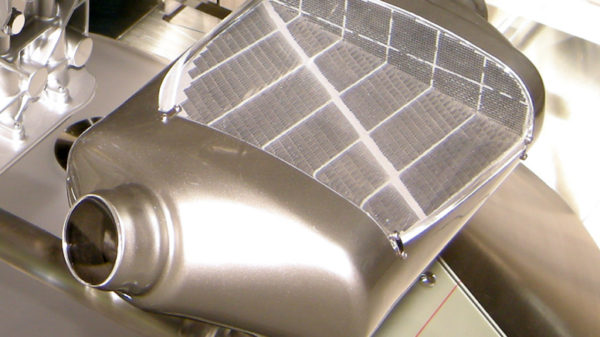
Particulate filter DPF (Diesel particulate filter)
Soot particulate filter DPF (Diesel particulate filter): replace or remove?
The soot particle filter is an important element for meeting the environmental standards of Euro 5, and more recently Euro 6. Every 800 to 1200 km, the soot filter regeneration process should be carried out with a little faster driving. During regeneration, a small amount of fuel is dosed into the filter to burn soot. The main problem is that many do not know how to proceed when the regeneration process begins.
Instead of going faster and completing the process through a ten-kilometer ride under heavy load, drivers often stop the vehicle and shut down the engine, thinking it is a problem. Then the regeneration process is interrupted and the fuel is injected into the exhaust without proper effect. Soiling, or clogging of DPF, is accelerated, causing problems.
Then many have a dilemma - replace or remove. Although you officially need to install a new DPF, unofficially you won’t go wrong if you remove it.
Important questions and answers:
How does soot filter clogging manifest itself?
The DPF light on the instrument panel illuminates, ie signals an engine failure, and in the case of a car with an electronic display, the word 'antipollution fault' appears. In engine operation, which weakens minimally with DPF clogging, instantaneous and unpredictable power loss is a major problem. The control electronics simply turn on ‘safe mode’. Directly and not directly, it is related to the disturbance in the operation of the turbocharger, which, due to the reduction of the speed of gas movement, reduces the ability to pre-charge the intake air. The DPG is equipped with two pressure sensors, at the inlet and outlet, from the filter and the clogging level is estimated by the pressure difference.
How is the problem solved?
The first is the installation of a new DPF, priced at one thousand euros and upwards. The second is to clean the exhaust system, practically removing the center part (core) of the soot filter. But then it is necessary to remove the DPF function in the control module, or configure the control module in such a way that the DPF function is deleted.
Will the engine continue to run normally without DPF?
The engine continues to run normally without DPF, even slightly improving engine performance, as the exhaust gas flow without damping occurs to turbocharger.
Will there be problems on the technical inspection without DPF?
It should not be, because the correct diesel engine of the new generation and without DPF-a emits significantly less soot and harmful gases than the permitted values.
Retrieved from: autoportal.hr
Recommendation of similar texts:

Hi there, I am Mladen and I am an auto enthusiast. I started this blog years ago to help like minded people share information about latest cars, car servicing ideas, used car info, exotic cars, and auto technology. You will find helpful articles and videos on a wide variety of cars - Audi, Mercedes, Toyota, Porsche, Volvo, BMW and much more. Ping us if you have anything cool to share on latest cars or on how to make older cars more efficient, or just want to say hi!


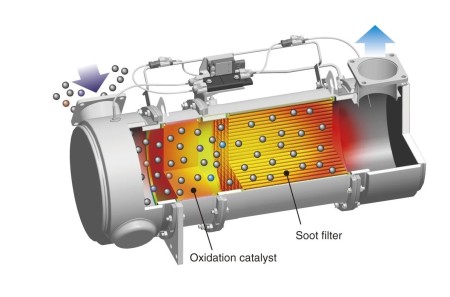
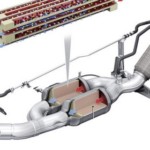
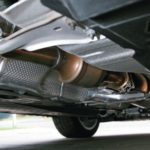
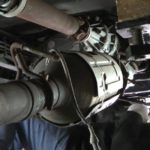


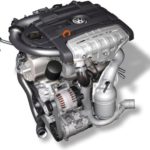
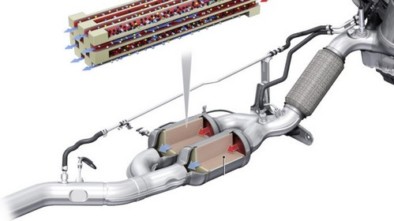
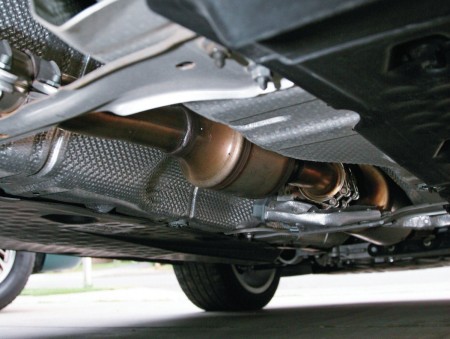
I have a IVECO DAYLI year 2010 engine of 3000 cubic meters with 177 horses. An anti polution filter start off the engine immediately turns on the computer and both the sound of the engine and a large non stop fan work. I stop turning off the ignition and driving 1000km again. Otherwise IVECO has crossed 650.000 and the Euro 5 is the engine.
Wouldn't it bother me physically removing a dpf on a megane with an automatic transmission?